Austin Se7en
Mini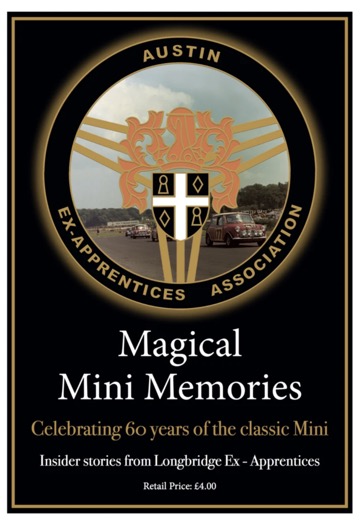
Celebrating 60 years of the Classic Mini, this limited edition 36-page colour booklet is packed full of 'insider' stories from past Austin Apprentices about Minis and Mini Mokes. Readers can expect tales of testing and development, Press launches, Minis in competition and even engineering changes spanning 41 years of production.
Read how ex-apprentices fought hard to extend the production life of the Mini and how production of this iconic car's body shells still continues today.
Approx size: A4 . . . . . . . . £4.00 + P & P . . . . . . Click on this LINK
___________________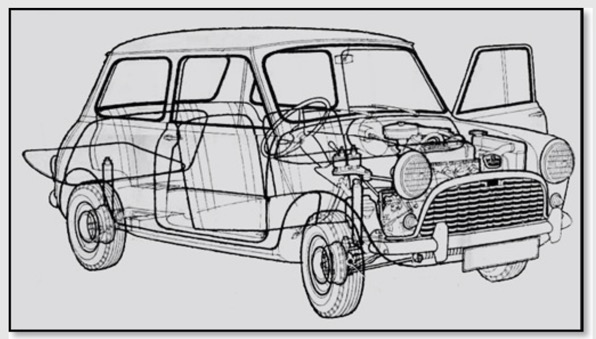
The Austin Mini was actually called the Austin Seven when it came out.
How was the Mini conceived and what was the catalyst that made it happen.
After WWII it took several years for factories to resume making peacetime products. During wartime Alec Issigonis worked at Morris Motors on many products to help the war effort. Motor manufacturers after the war decided to work on bringing out mainly medium/large range of cars. Issigonis felt that the way to go was to produce small cars for the masses. Morris management gave backing to his thinking and the end result was the Morris Minor.
In 1952 when Austin took over Morris Motors and the British Motor Corporation was formed, Alec Issigonis decided to leave and take up a post with Alvis at Coventry, to design a new sports car from scratch. In the end Alvis management decided to cancel the project on the grounds of cost.
Having been at Alvis for nearly four years, Issigonis had an invitation from Leonard Lord to come to Longbridge and join the BMC design team. In September 1956 Colonel Nasser of Egypt decided to nationalise the Suez Canal. This would have the effect of reducing oil supplies to the UK. The government decided to send troops to the area.
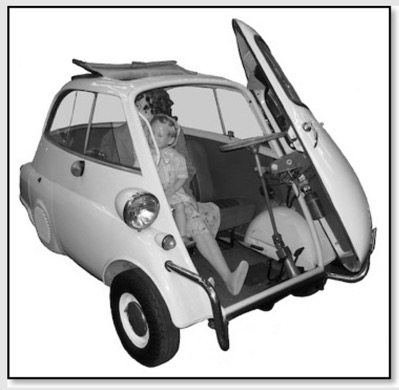
BMW Isetta 1961 version
(£314 to £360)
It was not long before petrol rationing took place and the issuing of petrol coupons. This restricted the motorist to about four gallons a month, so more economical cars soon became popular. The only cars that were very economical at the time were Bubble cars that used motorcycle engines, but could only seat two. These were noisy and did not give a very good ride. So the brief to Issigonis was to produce a car that would be compact, seat four people in comfort, be easy to drive and economical.
Issi, as everybody called him, was convinced that the way to go, was to produce a small car with front wheel drive (FWD), this allowed the centre section of the floor pan to be reduced in height as it would only have to accommodate the exhaust system. With the engine rotated ninety degrees to give the famous East/West layout, the length of the bonnet could be greatly reduced.
The next problem was where to locate the gearbox, after much thought he decided to place the gearbox in the sump. This arrangement would give the best possible package, but it meant that the engine oil would have to also lubricate the gearbox. Now it must be remembered that the oil in an engine and gearbox have to cope with different conditions. In the engine it has to lubricate as well as coping with the products of combustion, and the higher temperatures. Gearbox lubrication has to cope with the extreme loads when the gears are meshing, also in the FWD layout we have a differential.
So changes had to be made to the design of the gearbox and differential, so they could be lubricated with the engine oil. Various oil companies spent a lot of time researching new blends of oil that would satisfy BMC, and so would be approved when the car was released to the buying public. One of the small innovations that also came along was the sump plug incorporating a magnet, just another first from Longbridge.
Issigonis gathered a small band of engineers and draughtsmen including his old friend Jack Daniels (Morris Minor era), and brought with him from Alvis Chris Kingham.
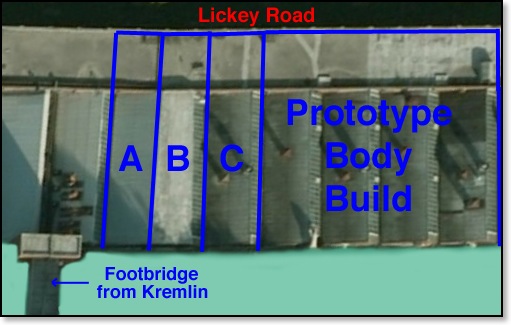
'A' Cell was for the Mini. 'B' Cell was for the 1800. 'C' Cell was for the 1100
Alec Issigonis was well known for being a visionary, but at times could be a difficult person to work with. His initial sketches as was always the case were just that, sketches. Often these were just on a scrap piece of paper, or even a cigarette packet, he did however more engineering based drawings on art card. The persons who made it all happen were Charles Griffin, John Sheppard, Vic Everton and Dick Gallimore. All of these people were based at Longbridge and supported by a team of engineers, draughtsmen, skilled craftsmen and fitters.
The prototype and development work on the Mini was carried out in ‘A’ Cell which was housed in the building on the Lickey Road. ‘B’ Cell was for the 1800 and ‘C’ Cell for the 1100. Each cell had a very small team comprising engineers and fitters. The prototypes bodies were built in the same block.
BMC had still not streamlined the organisation completely, so at this stage there was an Experimental Dept at Cowley and Longbridge, although Cowley mainly worked on upgrades to Cowley built vehicles. All engine and gearbox development was carried out in South Experimental, Longbridge which was by 'N' Gate. along with all future models. Most of the testing was done at a disused airfield in Oxfordshire by testers from Cowley and Longbridge, but also at MIRA.
To produce a small car that was so radically different created many problems that had to be overcome. One such problem was that they needed 10 inch wheels along with new tyres to be developed, a task given to Dunlop. At first a wheel 4.20 x 10 inches was required, but the final tyre size ended up at 5.20. The rubber suspension was the brainchild of Alex Moulton in Bradford on Avon. Although Alex Moulton company's which had connections with the Avon Rubber Company and did all the development work, including supplying the prototype rubber cones, the contract for supplying the production units was awarded to Dunlop. Therefore Dunlop was a major player in the development of the Mini. Other tyre manufacturers also supplied Longbridge, but Dunlop was the preferred supplier.
With engineering drawings produced from Issigonis' sketches, the next stage was to make a full size wooden model to see how all the various major items would package. In a very short period of only four months the full size wooden buck was ready to be viewed by higher management.
When everybody had approved the main concept, it was time to make the full size metal bodies, in the prototype body shop next to the cells. Here skilled sheet metal workers would produce the various panels from sheet metal. Some of the larger panels would be produced with the aid of wooden formers made by pattern makers.
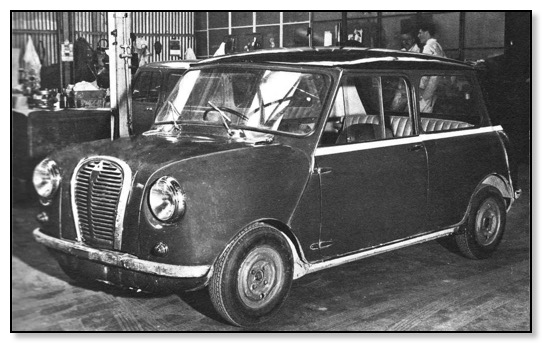
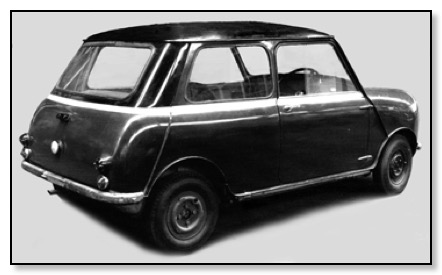
Note the fuel filler in the centre of the rear panel
The early prototypes had an A30 front end and engine of 950cc. This arrangement made it very easy to service. Note that the power unit although East/West, has the exhaust at the front. With this arrangement the engine could be connected to the gearbox without an idler gear.
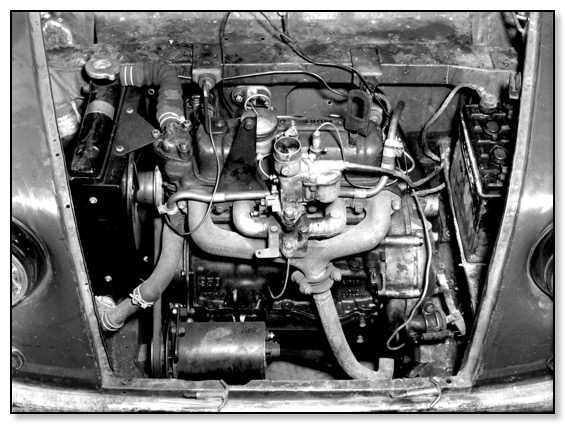
You will notice that the battery is at the front, so why did they decide to change the configuration, by putting the battery in the boot? This was done for two reasons, one it would reduce the weight at the front and also give extra room needed to install a fresh air heater. Also, by having the battery in the boot the increased weight at the rear would help to stop the back end from bouncing around. After initial testing had been carried out, it was decided to reduce the engine capacity down to 848 cc by reducing the stroke, as it was considered that the larger engine was too powerful.
Costs of producing the Mini compared with current models.
In December 1958 the projected cost for the Power Unit and Transmission on a Mini was.
Manufacturing Cost . . . . . . . . . . . £72 . . 10s . . 6d
For A35
Manufacturing Cost . . . . . . . . . . . £66 . . 00s . . 3d
So Engine & Transmissions costs for the Mini were £6 . . 10s . . 3d higher that for the A35.
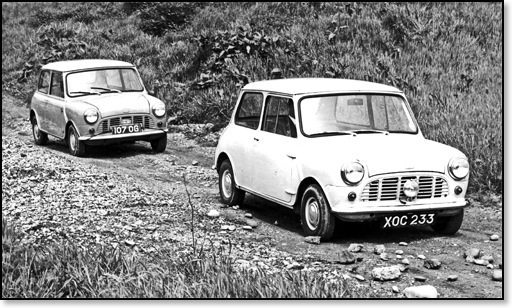
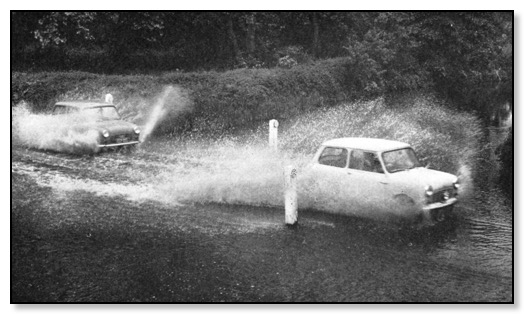
Prototypes on test
Note they both have the van grille
Various other changes were agreed, the main one that the power unit would be turned round 180 degrees. Now the manifolds were at the rear and a SU carburettor replaced the Zenith, the exhaust pipe was now less likely to be damaged. The downside to this layout was that an idler gear had to be introduced, causing a rattle on tick-over. Various ideas were tried to overcome this problem, but were too expensive to put into production.
They were now ready to move onto the next stage, with prototype bodies now looking like the final design. In fact it was decided to widen the original design by two inches, this would give more interior space, along with a larger boot and more space under the bonnet.
The first Austin se7ens produced at Longbridge were actually called Austin A30 850 Se7en's and registered as such. This must have been because the prototypes had a A30 grille fitted to them. So it would appear that the homologation office at Longbridge issued the new car registration forms as such, which must have been an error.
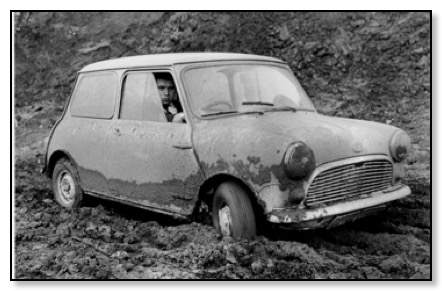

Showing what you can get in a MINI
Press launch Testing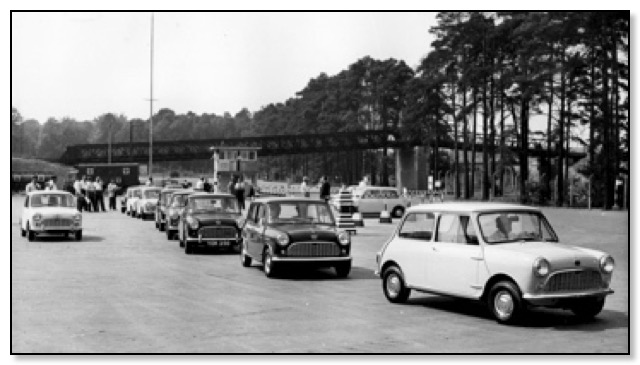
First Impressions by the Press
The British Motor Corporation officially announce to-day the entirely new small cars that unofficially have been described, illustrated, and discussed for many months past.
Although there are two cars, called the Austin Seven and the Morris Mini-Minor respectively, they are in fact identical except for the radiator grille, and during their development they have been known by the single code name of ADO15. It can be asserted that these B.M.C. cars set an entirely new standard in low-priced motoring because they make no sacrifice in the way of performance and comfort.
The cheapest model sells at the basic price of £350, to which £146 19s. 2d. purchase tax must be added, making a total of £496 9s. 2d. A de-luxe model costs £536 16s. 8d. and includes a heater and overriders but the heater alone can be added to the standard model for an extra £9 4s. 2d.
Driving the cars at the Fighting Vehicle Research and Development Establishment at Chobham showed that there will be no question of these B.M.C. baby cars impeding the smooth flow of traffic, as so many economy cars are apt to do: instead, they are as lively as many a bigger car, accelerating from a standstill to 30 m.p.h. in 7.57 seconds and reaching 60 m.p.h. in under 30 seconds. They can reach this speed in third gear and will exceed 70 m.p.h. in top gear.
Air Cooling Rejected
The B.M.C. engineers tested experimental twin-cylinder air-cooled engines but they decided that they were not satisfactory in terms of economy, noise level, smoothness and life. They have therefore used the four-cylinder A-series engine of the Minor 1000 and A.35 with a shortened stroke, giving it a cubic capacity of 850c.c. and a power output of 34 b.h.p. at 5.500 r.p.m.
The engine is mounted transversely in front of the car, with the gearbox and final drive to the front wheels below it, making an extremely compact power pack that gives more room for the driver and passengers. The floor is practically flat, and the body is built out to the full length and width with a wheel at each corner.
Petrol consumption ranges from 59.9 m.p.g. at a steady 40 m.p.h, down to a maximum consumption of 32.7 m.p.g. in the most extreme circumstances. As for comfort, perhaps the most striking feature of the car, on first examining it is to find that four men can sit in it comfortably, with enough headroom for the driver to wear a hat, and adequate leg-room for the rear passengers even with the front seats pushed back.
Comfort is also admirable in terms of springing, for which a new method of rubber cones with both front and rear wheels independently sprung is employed. The springing is equally effective in dealing with small bumps and large, and the smoothness of the ride would draw admiration in a car of any size. This seems all the more remarkable in view of the smallness of the wheels, which are only 10in. in diameter.
The rack-and-pinion steering is well matched with the rubber suspension, giving a direct and positive action. The question that everyone will ask is to what extent the front-wheel drive is noticeable. The answer is that for all normal driving the cars are indistinguishable from a rear-wheel drive car in the way they handle; in fact the front-wheel drive makes them safer because in an emergency on a comer the car tends to steer itself round.
The braking system is also ingenious, incorporating a valve which reduces the pressure on the back wheels in an emergency braking and transfers the full power to the front wheels, thereby preventing the rear wheels from locking.
3,000 A Week
The B.M.C. small car is obviously destined to meet with world-wide success, and the corporation have long-since laid their plans to meet the expected demand. The initial production target is 3,000 vehicles a week, divided equally between the Longbridge and Cowley plants but this figure could well be exceeded. The Fisher and Ludlow plant is already geared to produce 4.000 bodies a week.
In the important European market, where there is considerable scope for improvement in British exports, the Austin Seven and Morris Mini-Minor should have nothing to fear because they are superior to the three best selling cars in France. Germany, and Italy in their average figures for fuel economy, top-gear hill-climbing ability and acceleration when making the best use of the gears. They offer the same seat width (but more leg room), yet are smaller and lighter: 10 of them can be parked in the space occupied by eight of the most popular Continental cars.
The selling price of imported cars on the Continent is customarily determined by the distributors, but it is safe to assume that the new B.M.C. cars will be among the cheapest in the world in relation to the standard of motoring they provide. Preliminary plans have been made for the cars to be constructed by the Innocenti firm in Milan.
Some 2,000 of the new-cars have already been sent abroad and they will be displayed to-day in motor showrooms in nearly 100 countries.
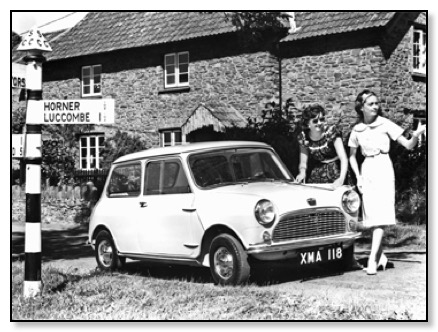
Early publicity photo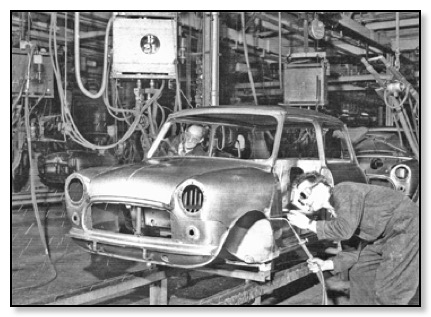
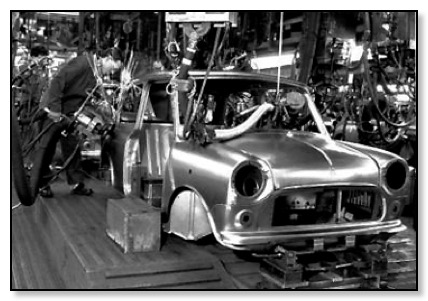
West Works body line
Body Trim Line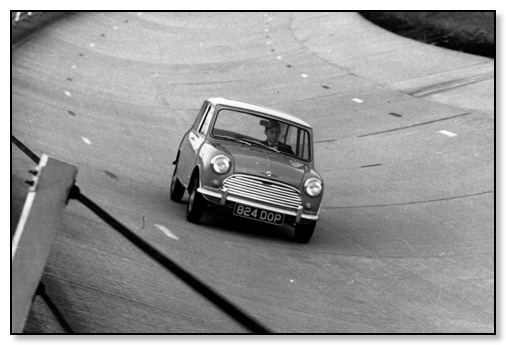
Cooper on test at MIRA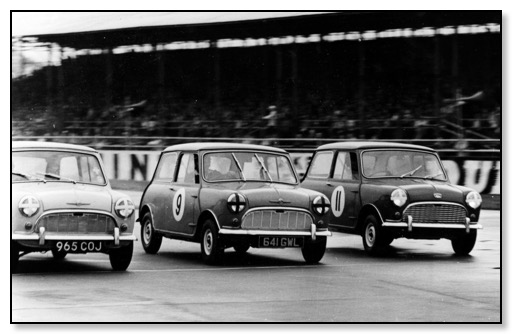
Racing at Silverstone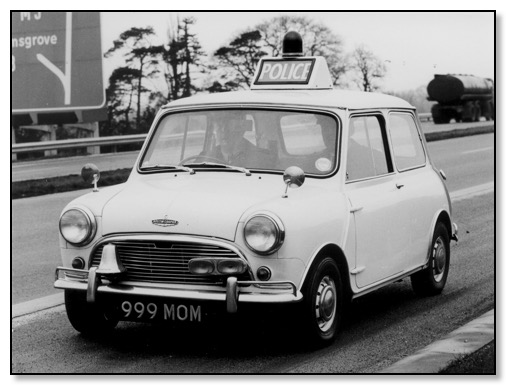
Police Cooper 'S'
Police Van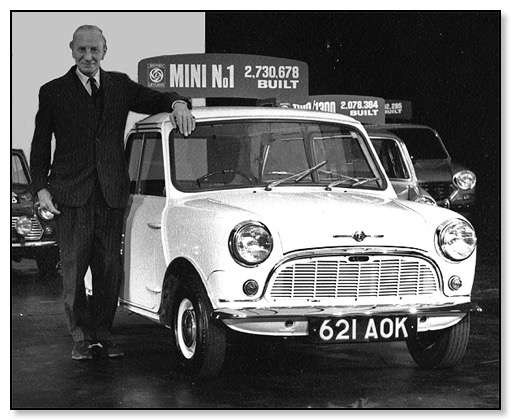
Date when launched Aug 1959 Discontinued in 1999
Total produced 5,498,804
The best years production was 1971 at 318,475
Longbridge produced the most cars probable 70% of the total
1959 -1961
Engine
848 cc 34 bhp at 5,500 rpm Max torque 44 lbs/ft at 2,900 rpm
Length 10ft 0.3ins Width 4ft 5ins Height 4ft 7ins
Wheelbase 6ft 8ins Track front 3ft 11.8ins rear 3ft 9.9ins
Price ex Works (1959 Aug) £497 Basic £537 De Luxe
(Nov 1961) Webasto Roof available at £66
1960 – 1961
Austin Se7en Countryman and Austin Se7en Van
Engine
848 cc 34 bhp at 5,500 rpm Max torque 44 lbs/ft at 2,900 rpm
Length 10ft 10.3ins Width 4ft 5ins Height 4ft 7ins
Wheelbase 7ft 0ins Track front 3ft 11.8ins rear 3ft 9.9ins
Price ex Works (1960) £623 Countryman wood version. £360 Va
Text and Pictures of the main changes for the Classic Mini over the years, including the various Limited Editions that came out.
August 1959
Austin Se7en and Morris Mini-Minor launched. 
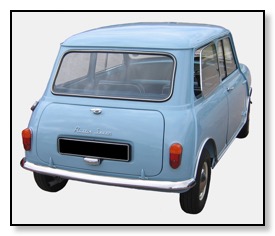
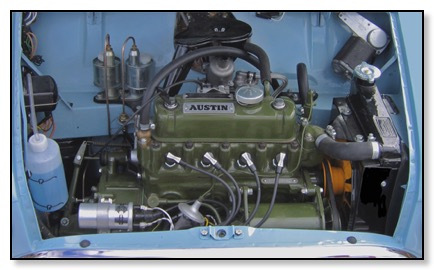
Launch price: £497 (Standard) £537 (De Luxe) £561
In 1962 a Super De luxe was introduced at £561
A automatic gearbox became available from 1965 at £606 (De Luxe)
January 1960
The Austin and Morris Mini Van announced.
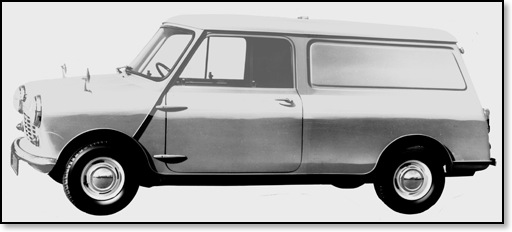
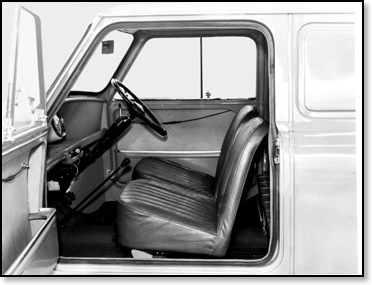
Early prototype (door pull is held at a different point)
All the vans were produced at Longbridge
Launch price £360
September 1960 - 1967
Austin Countryman and Morris Traveller estates
introduced with wood-framing.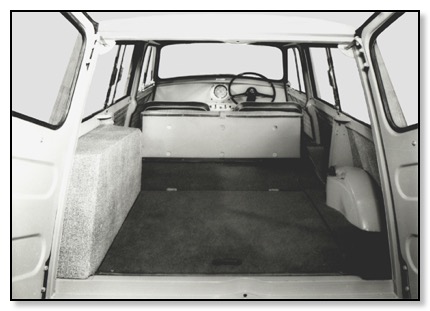
The early version used the saloon fuel tank as shown in the above picture, but late they were fitted with the van version which was fitted under the floor pan. This increased the interior space, so the fuel filler pipe was now on the other side as shown on the picture below.
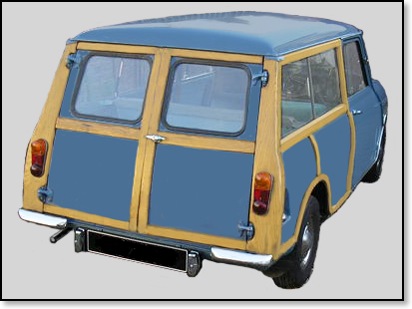
All the estates were produced at Longbridge
Launch price £623 (Woody)
In October 1962 the all metal version came out, which was priced at £532
January 1961
Austin and Morris Mini Pick-up is launched 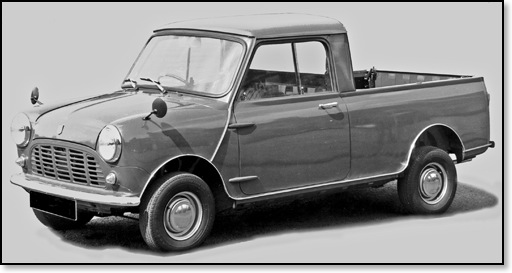
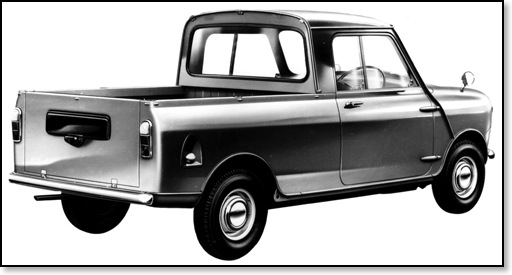
All the pick-ups were produced at Longbridge
Launch price £360
September 1961-1962
Austin Super Seven and Morris Mini Super
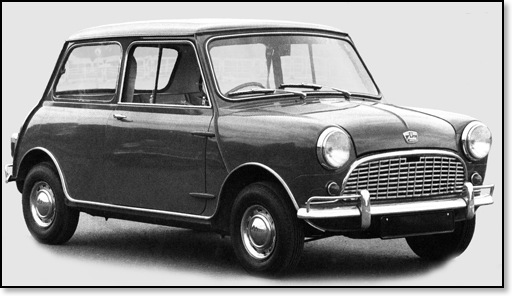
The Supers were produced at Longbridge and Cowley
This model had the Mini Cooper (which would be announced the following month) style interior trim and paint colours. Depending on the body colour, you would have a Black or White roof. The instrument pack was now oval which included the oil pressure and water temperature gauges. The grille was a standard Mini with nine wavy horizontal bars but with the addition of 12 straight vertical bars. The over-riders now had tubes connecting them with the bumper. The starter button on the floor was now deleted, so you now had the normal key-start ignition switch.
Launch price £592
October 1961-1964
Austin & Morris Cooper
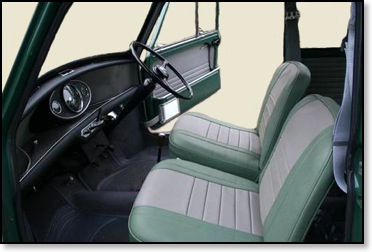
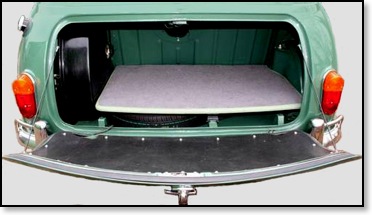
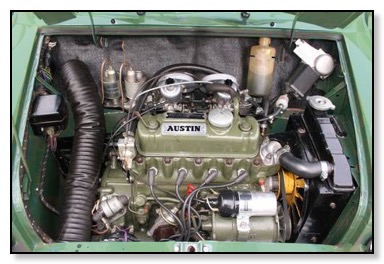
Austin Seven and Morris Mini-Coopers launched. Similar to Super saloons, but with 997cc twin carburetter engine. It was fitted with 7-inch front discs, and for the first time a remote gearshift coupled to a close ratio gearbox. Other than the usual badge difference the Austin grille had eleven horizontal bars and the Morris seven.
Launch price £679
All the Coopers were produced at Longbridge
October 1961-1969
Riley Elf and Wolseley Hornet launched
All the Elf's and Hornet's were produced at Longbridge
These were luxurious versions of the Mini saloon. they were longer by 8.5 inches and had a different front end with a proper boot having a top opening lid.
1962 January
Austin Seven models renamed Austin Mini.
It was available in the following versions, Standard, De-luxe and Super.In September the suspension was changed to Hydrolastic. In October the De-luxe and Super were dropped and replaced by the Super De-luxe. and later the Super De-luxe name was changed to just De-luxe.
Launched price £561 (Super De-luxe)
1962 October
Deluxe and Super Deluxe models replaced by Super De Luxe. The Countryman and Traveller available at lower price without the wood.
November 1962
Riley Elf and Wolseley Hornet Mk II 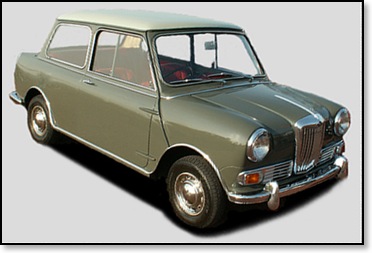
Riley Elf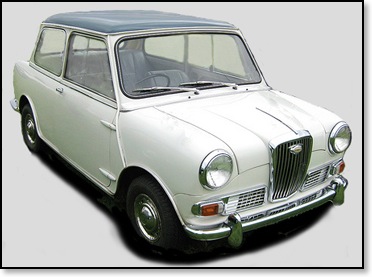
Wolseley Hornet
The MkII had the 848 cc engine replaced with the 998 cc version
March 1963-1964
Mini Cooper 'S'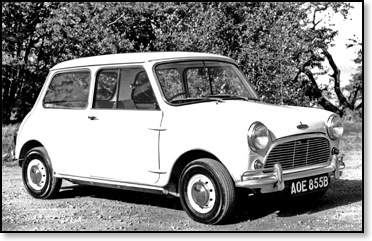
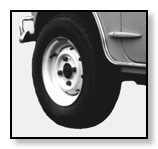
This had similar specification to the Coopers, but with a new version of the 'A' series engine of 1071 cc. Fitted with 7.5 inch front disc brakes servo-assisted and ventilated steel wheels to aid cooling. The body had different badges and the speedometer now went up to 120 mph.
Launch price £695
January 1964 -1967
Mini Cooper (998 cc)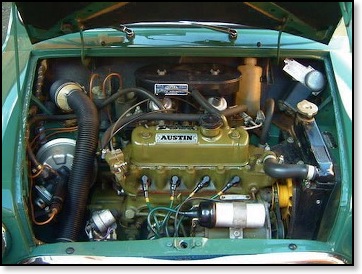
The Austin and Morris Mini-Coopers were now fitted with a 998 cc version of the 'A' series engine, this new engine gave improved performance. The suspension was changed from the rubber cone to Hydrolastic.
March 1964 - 1965
Cooper 'S'
Two new engines were announced for the Cooper 'S' one of 970 cc which had a limited production run, and a 1275 cc version. They both had the same body specification as the 1071 cc model. The 1275 cc had a 130 mph speedometer and 4.5 inch rims were standard. Hydrolastic suspension came in at the end of 1964, also all the 'S' were only available in single body colours.
Launch price 970 cc £693
_________ 1275 cc £778
August 1964
Moke announced 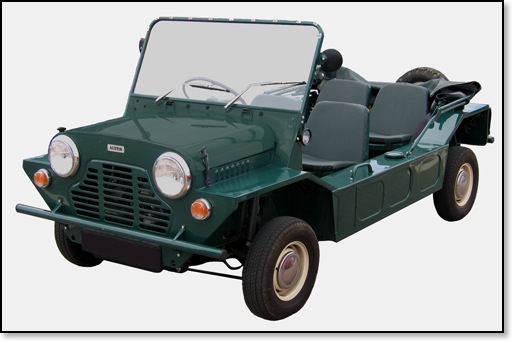
Using the Mini running gear with a utility body and fabric roof.
For more information Click Link
August 1964
The 1071 cc Cooper 'S' is discontinued
September 1964
Hydrolastic suspension is fitted to all saloon models. Twin leading shoe front brakes on all non-Cooper Minis. Cutaway front valance panel now fitted to all Minis. (this was to aid brake cooling)
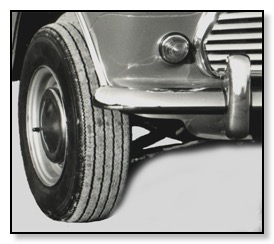
October 1965
Automatic gearbox option introduced.
A Mini Saloon De-luxe with the Automatic transmission cost £606
October 1966
Riley Elf and Wolseley Hornet Mk III 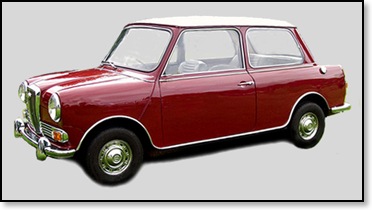
Wolseley Hornet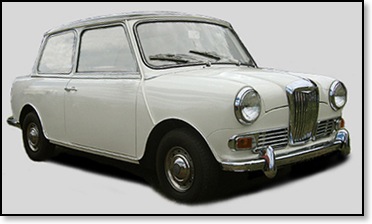
Riley Elf
This version had concealed door hinges, wind-up windows, fresh air vents and remote gear change.
October 1967
Austin and Morris Mini Mk II 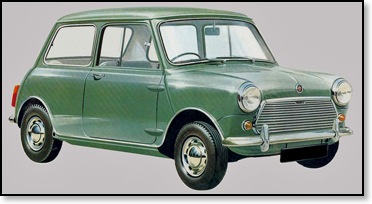
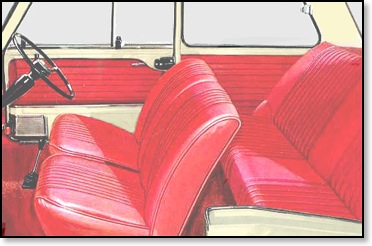
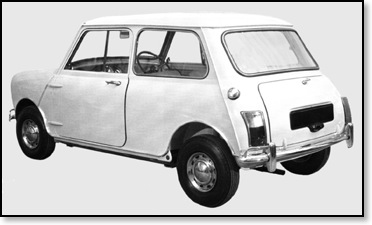
Launched with larger rear window for saloons, larger front grille, new badging and interior trim. MkII model range consists of 850 Standard and Super Deluxe saloons, 1000 Super Deluxe saloon and estates (with or without wood trim). 1000 models have remote gear change and Automatic transmission was an option.
Austin and Morris Cooper S MK II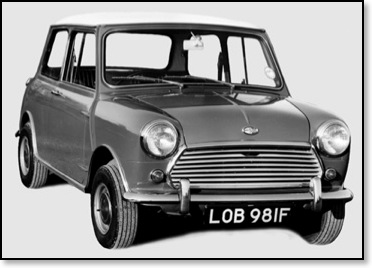
October 1968
Mini Moke discontinued.
August 1969
Riley Eff and Wolseley Hornet discontinued.
October 1969
Mini MkIII saloons launched.
Mini 850 & Mini 1000
This was when the Austin and Morris marque names were dropped and the Mini was re-badged Mini 850 and Mini 1000. The doors now had concealed hinges, wind-up windows, suspension was changed back to rubber cone. Fuel pump was now a mechanical version and the electric's changed to negative-earth.
Both the Morris Traveller and Austin Countryman were discontinued. But the Van and Pick-up continued but were now badged as Mini.
October 1969
Mini Clubman Saloon and Mini 1275GT introduced.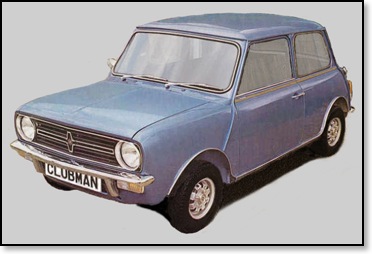
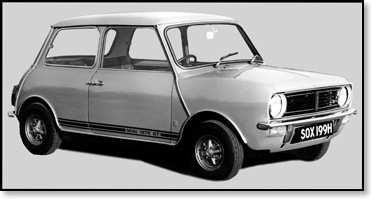
Both with MKIII bodies having internal hinges and wind up windows but having a new squarer front end. It also included a new two instrument pack for the standard Clubman and a three pack cluster (rev counter) for the 1275 GT. The suspension was Hydrolastic for the saloons but in 1970 it went back to the Rubber-Cone suspension. 1275 GT fitted with 1275 cc single-carburettor engine and had Ro-style steel wheels.
Launch price Standard Clubman £720
___________________1275GT £834
October 1969
Mini Clubman Estate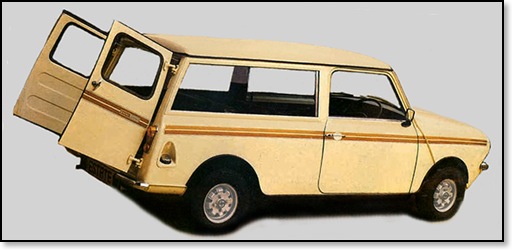
Similar to the Saloon but had rubber cone suspension from day one.
Launch price £763
1969 November
Austin-Morris Mini Cooper 998cc discontinued.
1970 March
Mini Cooper 'S' Mk III introduced.
Cooper 'S' gets MkIII bodyshell and Hydrolastic suspension. This time two tone paint was not an option, also it used a standard grille.
Launch price £942
July 1971
Mini Cooper S Mk III discontinued
January 1973
It was from this date that the Rod Change was slowly implemented throughout the whole range.
June 1974
1275 GT
This model was fitted with 12 inch wheels, larger 8.4 inch disc brakes and a bigger 7.5 gallon fuel tank.
August 1974 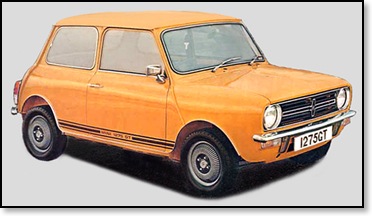
Dunlop Denovo run-flat tyres available as an option on 1275 GT.
October 1975
Mini 1000 'Stripey' limited edition released.
Reclining orange striped-clothseats, Safari carpets, two chrome door mirrors with coachline along waist. Available in Brooklands Green and Glacier White.
May 1976
Mk IV Mini
This was when the last major changes took place. The following were now standard, twin-stalk controls, heated rear window and hazard warning. Rubber-mounted front subframe, plus revised mountings to therear. Lower-rate rubber springs, new ignition lock, moulded capets and larger Allegro-style pedals. Face-level ventilation standard on Mini 1000. Clubman models have new-style black grille with two polished horizontal bars.
July 1979
Mini City 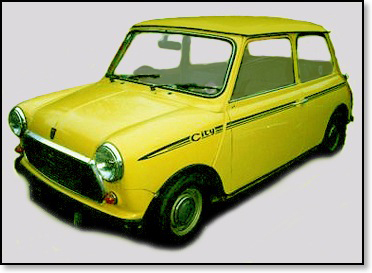
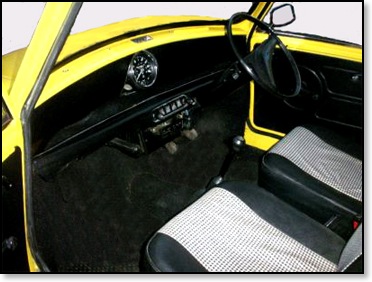
This new economy version arrives with basic trim featuring single-dial centre binnacle, houndstooth check seat facings, no heated rear window. Bumpers were now black and the wheel arches in sand. Mini 850 Super Deluxe introduced which was trimmed the same as the Mini 1000.
October 1979
Mini 1000 Super available.
Same as the Mini 1000 it replaced but with a coachline.
August 1979
Mini 1100 Special limited edition
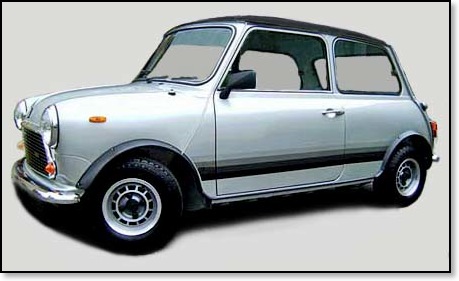
This was launched to celebrate 20 years of the Mini. In Silver or Rose metallic paint, shaded vinyl body stripes, 5 x 10inch Exacton alloy wheels with 165-70 x 10 tyres. Innocenti wheel arch extensions, Clubman-style bumpers, twin door mirrors, tinted glass and vinyl roof. Inside: 1275GT instruments, centre console. clock and tartan check trim.
November 1979
L Pack introduced for 850 Van.
Comprising carpet, cloth seats, passenger sun visor and improved sound insulation. Standard on 998 Van, but not available on Pick-up.
February 1980
All of the saloons were now fitted with 7.5 gallon fuel tank.
August 1980
Mini 850 production ended.
Mini Clubman Saloon and Clubman 1100 Estate discontinued. Mini 1275GT discontinued.
October 1980
Mini 1000 Super discontinued.
Mini1000HL launched, fitted with Clubman instruments
tinted glass, larger door pockets, four-spoke steering wheel. Metro door furniture and gear lever knob Mini 1000 HL Estate launched to replace 1100 Clubman Estate.
November 1980
850 Pick-up discontinued.
April 1982
Mini City E replaces Mini City.
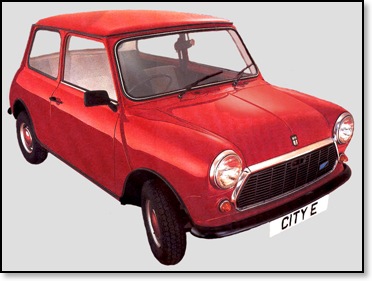
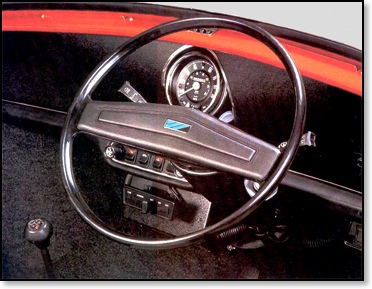
The City E had a higher engine compression ratio, higher final-drive ratio. City decals on doors and boot, strips deleted. 1000 HL and Estate has same mechanical modifications, and re-designated 1000 HIE and 1000 HLE Estate. All models now fitted with matt black bumpers.
September 1982
Mini 1000 HLE Saloon and Estate discontinued.
Mini Mayfair Saloon 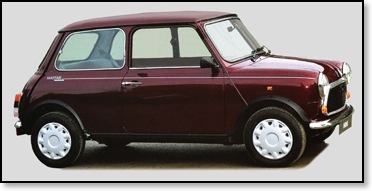
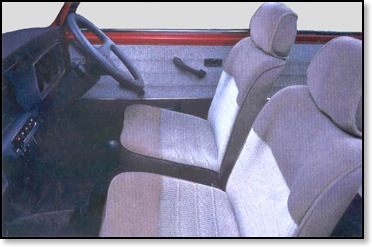
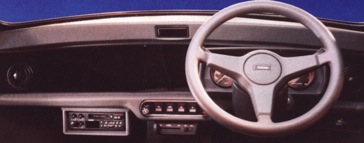
This model was based on the Mini City but improved carpets and cloth trim. head restraints, tinted glass, radio and locking fuel cap. The engine was the 998cc but in May 1992 it had the 1275cc version.
Launch price £3,363
December 1982
Mini Van and Pick-up production discontinued.
October 1983
Mini Sprite limited edition introduced
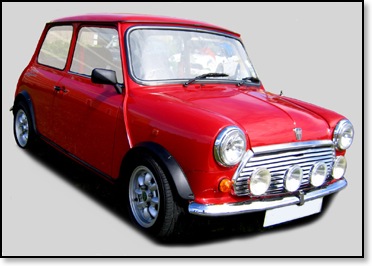
This version a total of 2,500 were made in Cinnabar Red or Primula with black side stripes. Sprite logo, twin door mirrors, Mini Special alloys, 165/70 x 10 tyres, arch extensions, 1275 GT instruments, head restraints and black vinyl and herringbone cloth trim.
July 1984
Mini 25 anniversary model.
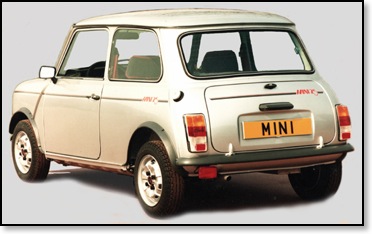
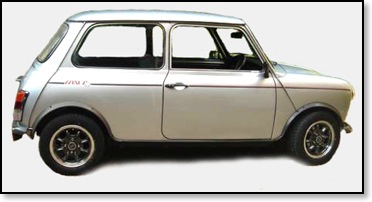
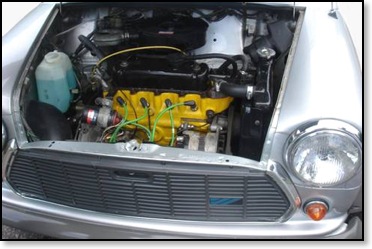
This was a limited edition of which 5,000 were made, 1,500 been exported. The body colour was Silver with a Grey and Red coach-line, tinted glass, twin door minors, The interior trim was Flint velvet interior trim with rev counter, stereo and twin speakers.
Launch price £3,865
October 1984
Mini MkV
Now with 12-wheels, 8.4-inch disc brakes, mini special wheel arches, Upholstery upgraded on both Mayfair and City.
January 1985
Mini Ritz Limited edition 
Silver leaf metallic paint, Ritz decals, Nimbus Grey bumpers and grille. alloy wheels, multi-colored velvet-panelled interior trim- 2,000 made for UK, 1,725 for export.
Launch price £3,799
February 1985
Mini Chelsea limited edition 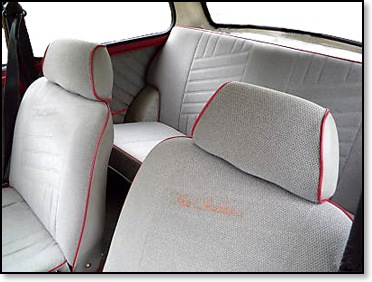
Targa Red with alloys, Osprey Grey interior trim with red piping. 1,500 made.
Launch price £3,898
May 1986
Mini Piccadilly limited edition
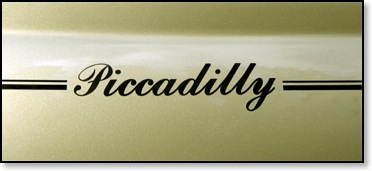
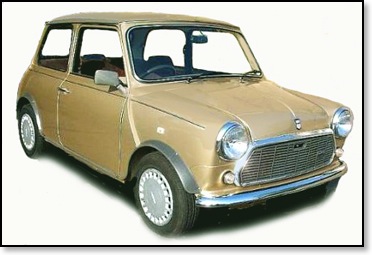
Cashmere Gold with chrome bumpers, steel wheels with trims. Interior trim in Bitter chocolate, Coffee and Claret. 2,500 made.
Launch price £3,928
January 1987
Mini Park Lane limited edition 
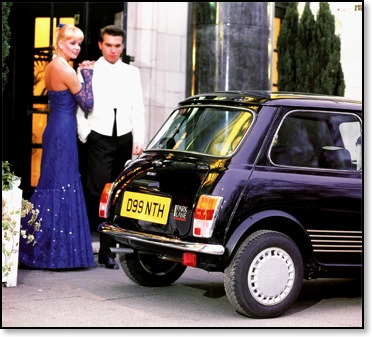
This model had black paint, chrome bumpers and grille surround, full-wheel trims. Interior trimmed in beige/dark velvet. 4,000 built of which 2,500 exported Japan taking 700.
Launch price £4,194
June 1987
Mini Advantage limited edition. 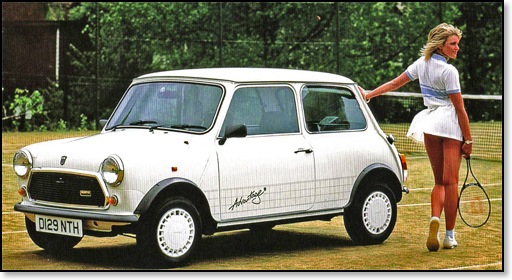
In Diamond White, White wheel trims, Advantage decals and side flashes. Flint grey and Jade Green upholstery. 4,675 produced, 2,175 exported.
Launch price £4,286
January 1988
Mini Jet Black and Red Hot limited editions: 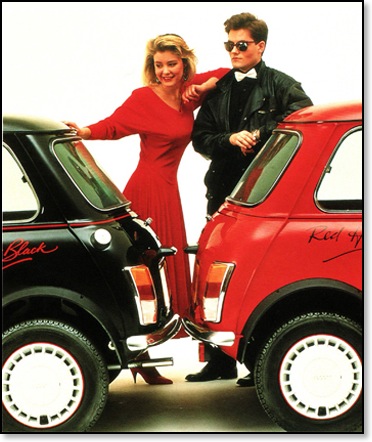
Finished in Black or Red according to model, chrome bumpers and full wheel trims. Black velour interiors with red piping. 3,000 made of each version with 2,000 exported of each version.
Launch price £4,382
June 1988
Mini Designer limited edition. 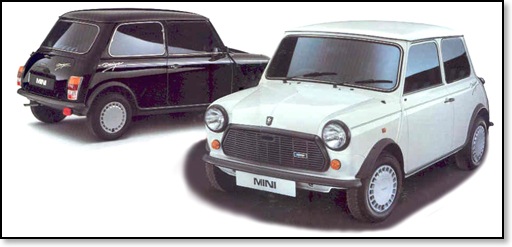
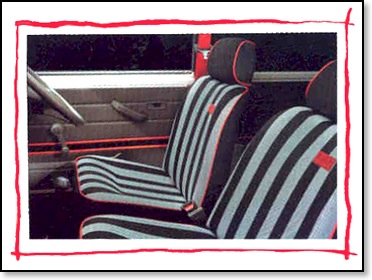
The Mini Designeer was often called the "Quant" in reference to the Mary Quant-designed interior and Quant Daisy motifs on the steering wheel and bonnet badge. It was available in White or Black with the interior trim seats in Black and White stripes. Production run was 2,000.
Launch price £4,654
August 1988
Mini City E renamed Mini City.
Fitted with different instruments, three-spoke steering wheel and front restraints. Radio cassette optional, new interior trim, new wheel trims and badging.
January 1989
Mini Rose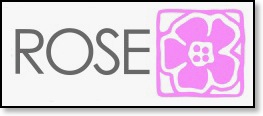
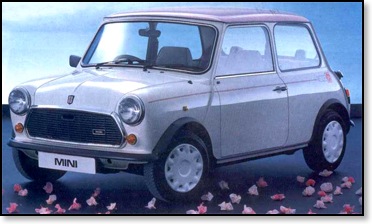
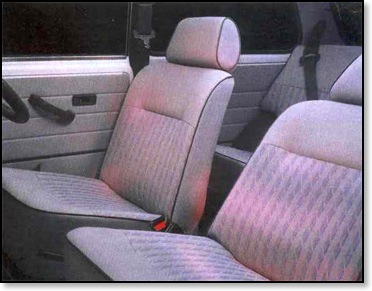
The Mini Rose was based on the 'City' with only 500 built, it had Diamond White bodywork with a Rose pink roof. It had grey Crayons fabric seats with a general grey interior, a radio/cassette player was standard.
Launch price £4,695
January 1989
Mini Sky

The Mini Sky was based on the 'City' with only 500 built, it had Diamond White bodywork with a Sky blue roof. It had grey Crayons fabric seats with a general grey interior, a radio/cassette player was standard.
Launch price £4,695
May 1989
998 cc John Cooper Conversion,

Available from John Cooper Garages and Rover dealers.
June 1989
Mini Thirty limited edition Anniversary model

Pearlescent Cherry Red or Black paint with chrome fittings. Minilite-style alloy wheels. Black leather and Lightning trim. 3,000 built for UK, including 200 automatic. Catalytic converter available as option.
Launch price £4,795
ERA Mini 1275 Turbo


February 1990
Mini Racing Green limited edition. 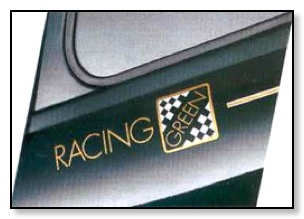
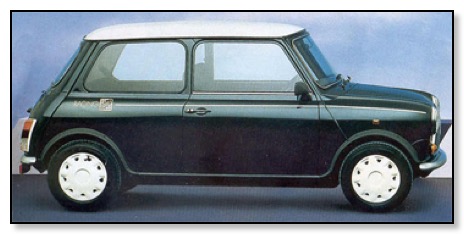
This version was based on the Mini City, painted in British Racing Green Metallic and a White roof. Chrome bumpers and grille, coach-line with 'Racing' logo with Black Crayons interior trim along with the three dial instrument pack.
Launch price £5,455
June 1987
Mini Advantage limited edition. 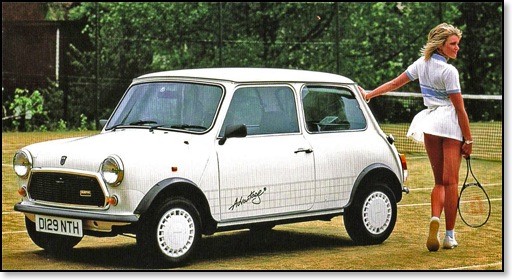
In Diamond White, White wheel trims, Advantage decals and side flashes. Flint grey and Jade Green upholstery. 4,675 produced, 2,175 exported.
Launch price £4,286
January 1988
Mini Jet Black and Red Hot limited editions: 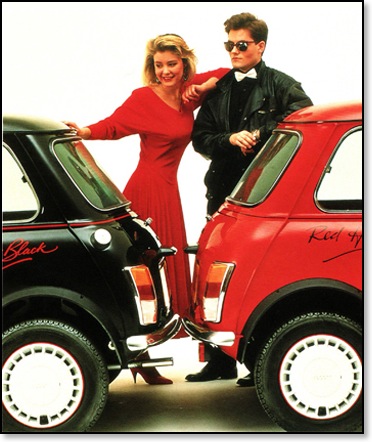
Finished in Black or Red according to model, chrome bumpers and full wheel trims. Black velour interiors with red piping. 3,000 made of each version with 2,000 exported of each version.
Launch price £4,382
June 1988
Mini Designer limited edition. 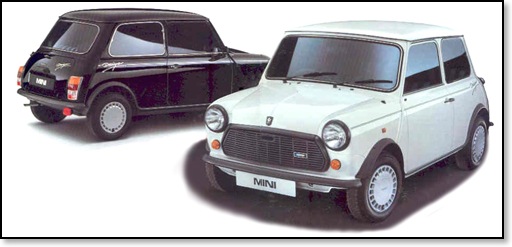
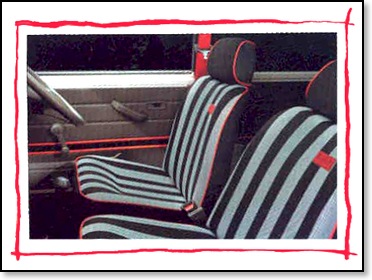
The Mini Designeer was often called the "Quant" in reference to the Mary Quant-designed interior and Quant Daisy motifs on the steering wheel and bonnet badge. It was available in White or Black with the interior trim seats in Black and White stripes. Production run was 2,000.
Launch price £4,654
August 1988
Mini City E renamed Mini City.
Fitted with different instruments, three-spoke steering wheel and front restraints. Radio cassette optional, new interior trim, new wheel trims and badging.
January 1989
Mini Rose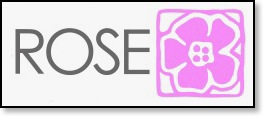
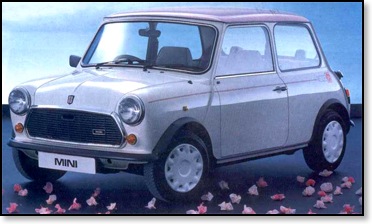
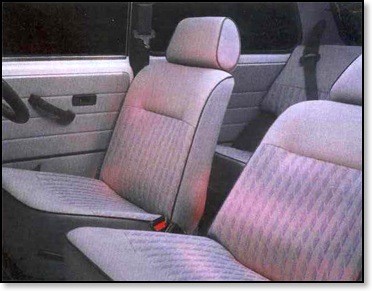
The Mini Rose was based on the 'City' with only 500 built, it had Diamond White bodywork with a Rose pink roof. It had grey Crayons fabric seats with a general grey interior, a radio/cassette player was standard.
Launch price £4,695
January 1989
Mini Sky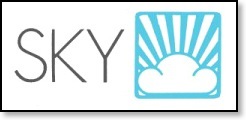
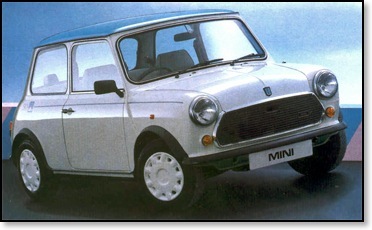
The Mini Sky was based on the 'City' with only 500 built, it had Diamond White bodywork with a Sky blue roof. It had grey Crayons fabric seats with a general grey interior, a radio/cassette player was standard.
Launch price £4,695
May 1989
998 cc John Cooper Conversion,
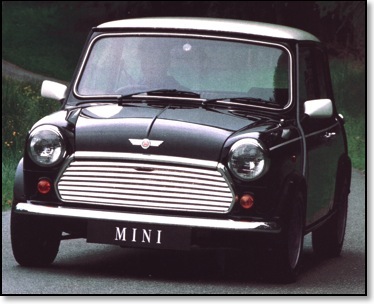
Available from John Cooper Garages and Rover dealers.
June 1989
Mini Thirty limited edition Anniversary model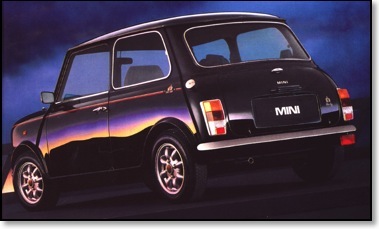
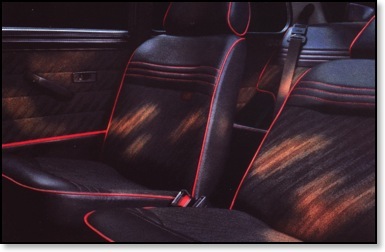
Pearlescent Cherry Red or Black paint with chrome fittings. Minilite-style alloy wheels. Black leather and Lightning trim. 3,000 built for UK, including 200 automatic. Catalytic converter available as option.
Launch price £4,795
ERA Mini 1275 Turbo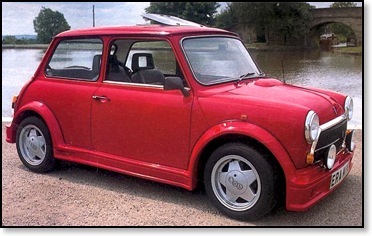
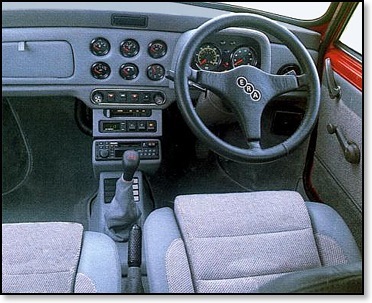
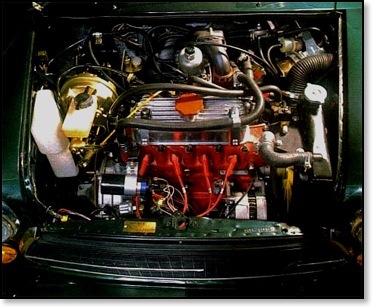
February 1990
Mini Racing Green limited edition. 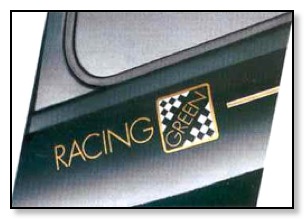
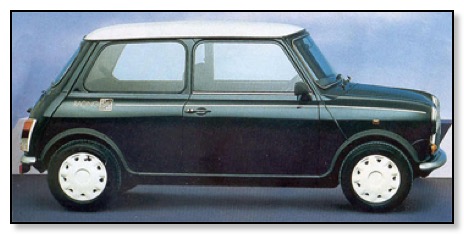
This version was based on the Mini City, painted in British Racing Green Metallic and a White roof. Chrome bumpers and grille, coach-line with 'Racing' logo with Black Crayons interior trim along with the three dial instrument pack.
Launch price £5,455
February 1990
Flame Red limited edition. 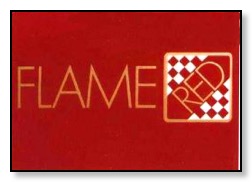
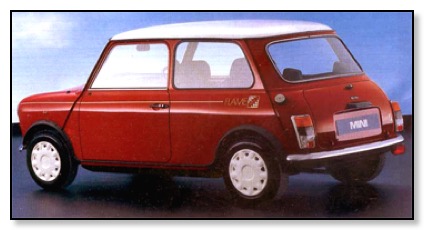
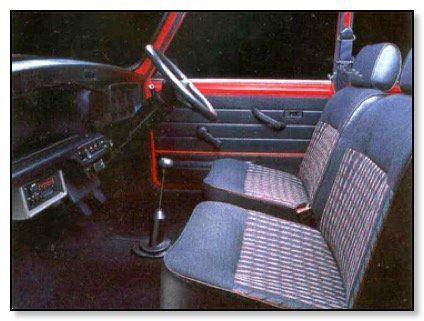
Same as the Racing Green but in Flame Red with White roof and Flame Red decals.
Launch price £5,455
February 1990
Check Mate limited edition. 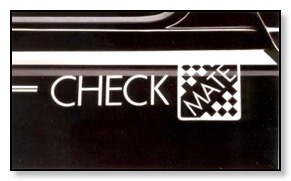
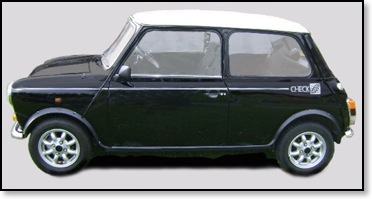
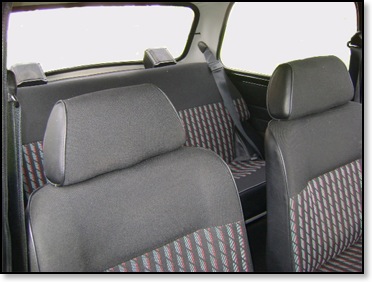
Check Mate was same specification as the Racing Green and Flame Red but Black with a White roof and Check Mate decals.
Launch price £5,455
A combine total of 2,500 were made for the UK, Mini Racing Green-Flame Red & Checkmate, also some were produced for the export market.
June 1990
Mini Studio 2 limited edition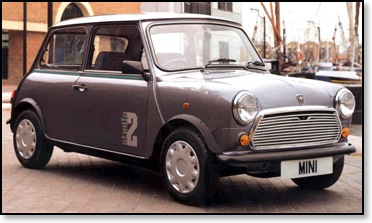
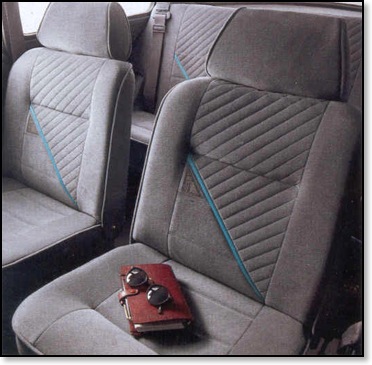
Available in Black, Nordic Blue or Storm Grey with Chrome grille & Black bumpers. Studio 2 decals, Doeskin fabric trim with a green/blue diagonal line. The three-spoked steering wheel had a unique Mini badge, a total of 2,000 built.
Launch price £5,375
September 1990
Mini Cooper limited edition (RSP)
This model which was based on the Mini 30 was also known as the Commemorative Cooper. Available in Flame Red, British Radng Green or Black with white roof. 1275 cc carburettor engine with oil cooler, half-leather trim, Minilite-style alloys, sunroof, body-coloured mirrors and arches, plus white bonnet stripes with John Cooper signature. Chrome grille and bumpers. 1,000 produced for UK market and 650 for Japan.
Launch price £6,995
February 1991
Neon limited edition. 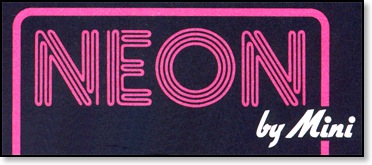
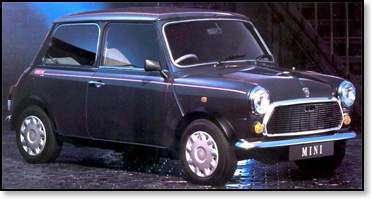
Another model based on the Mini City, available in Nordic Blue, having Chrome bumpers door handles, grille surround and exhaust tailpipe. Chevron trim with a Neon badge in the steering wheel, total production of 1,500.
Launch price £5,570
March 1991
Mainstream Cooper.
Fabric trim, 1275cc engine, no oil cooler. Paint as RSP plus White, Quicksilver, Storm Grey, with black roofs. ‘S’ conversion available from Cooper Garages.
June 1991
LAMM Cabriolet. 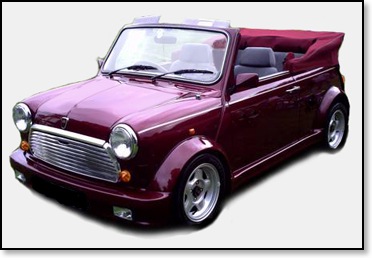
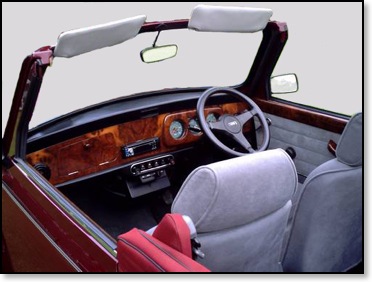
This model was based on the Mini Cooper with the 1275 cc engine. It was only available in Pearlescent Cherry Red and produced for Rover by Lamm Autohaus. Initially the order was for 75, but this was increased to 100 when orders were been received. The interior trim was based on the Mini Mayfair along with a wood grain dash, housing three instruments, and wooden door cappings and gear knob. Fitted with Revolite alloy wheels.
Launch price £12,250
October 1991
Mini Cooper 1.3i (TBi)
This was introduced to replace the carburettor model: 1275cc single-point fuel-injected, closed-loop catalyst. Driving lamps, plain bonnet stripes, matching roof colour. Winged Cooper badges. New front subframe to move engine forwards. Known as 'Mk VI' Mini.
November 1991
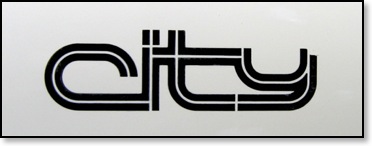
City gets full wheel trims, chrome bumpers, and Harlequin cloth trim. Mayfair gets chrome grille, body-coloured door mirrors, new stereo, new chrome boot badge and reg plate lamp housing. Steering wheel and interior fitments in black on both models.
March 1992
Cooper Si conversion available from John Cooper.
998cc Mayfair discontinued. Mini Sprite 1.3 and Mini Mayfair 1.3 introduced. Both powered by 1.3 carburetter engine.
June 1992
British Open Classic limited edition.
Metallic British Racing Green with full length electric sunroof, chrome fittings, Minilite-style wheels, 1.3 carburetter engine. Stone Beige leather and Countryman Tweed upholstery. 1,000 made.
October 1992
Mini Italian job limited edition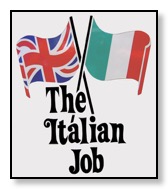
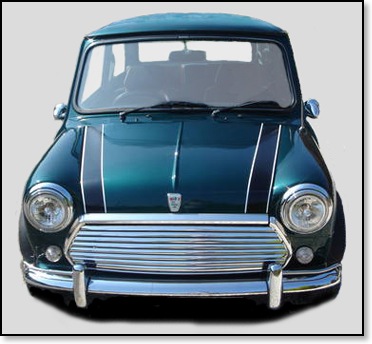
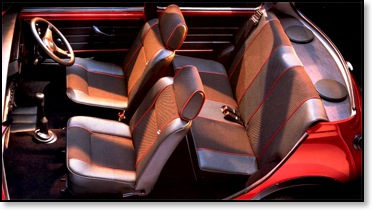
This model was based on the Mini Mayfair using the 1275 cc engine. It was available in the following colours, flame Red, British Racing Green (Metallic) Diamond White and Electric Blue. It has body coloured wing mirrors, with White grille and alloy wheels, the bumpers were Black.
Total made 1,750. 1,000 for UK, 750 for Italy.
Launch price £5,995
June 1993
Rio limited edition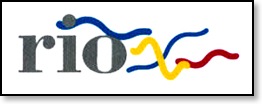
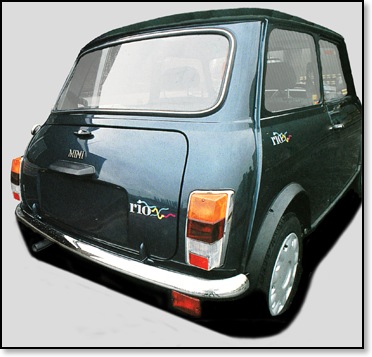
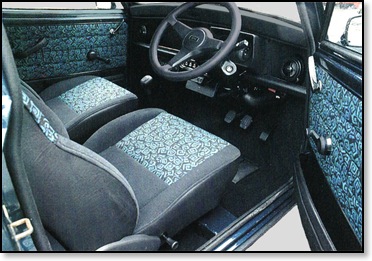
This model was based on the Mini Sprite, and was available in the following colours, Black, Caribbean Blue (Pearlescent) and Polnesian Turquoise (Metallic). Chrome bumpers with interior trim in Black with green/blue Spira panels on doors and seats. A total of 750 were produced.
Launch price £5,495
July 1993
Mini Cabriolet. 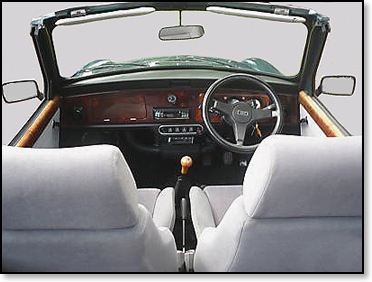
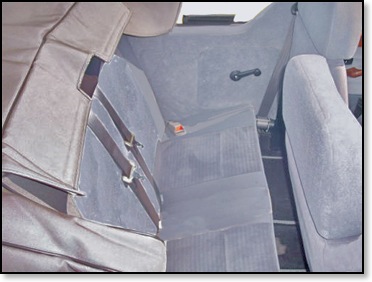
This version of the Mini Cabriolet had the Cooper engine and bodykit, alloy wheels, but a different hood to the LAMM version which came out in 1991.
October 1993
Mini Tahiti limited edition.
Yet another model based on the Mini Sprite. with a 1275 engine and a body colour of Tahiti Blue. It had Chrome bumpers and the interior was Black trim with Blue/Black door and seat inserts. Minilite style alloy wheels, it was also available with automatic transmission, and 500 were produced.
Launch price £5,795 (manual) £6.715 (automatic)
January & July 1994
Mini Cooper Monte Carlo anniversary
This model was based on the Mini Cooper 1.3i it was available in Flame Red and Black. It was produced in Jan 1994 and also in July. It had 'John Cooper' signature on the bonnet and a coach-line with Monte Carlo decals. Minilite-style alloy wheels in Gunmetal. The main interior colour was Red for the seats, carpets and leather steering wheel. A total of 200 were made.
Launch price Jan £7,195 and in July £7,995
May 1994
Mini 35 anniversary limited edition.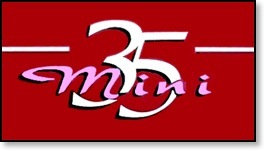
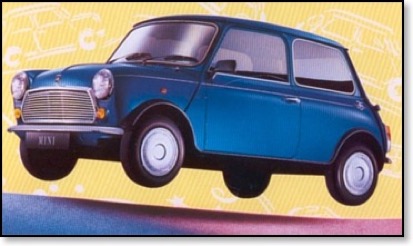
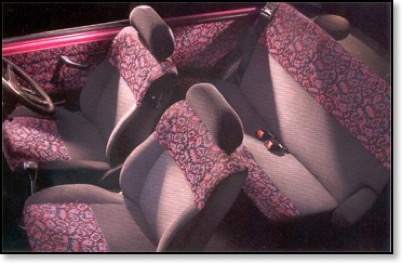
Pearlescent Nevada Red, Metallic Arizona Blue, or White Diamond paint. Chrome grille, basic Jamboree interior trim. Automatic transmission and alloy wheels optional. 1,000 made.
May 1995
Mini Sidewalk limited edition. 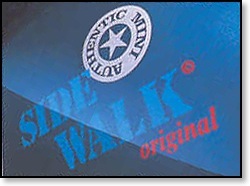
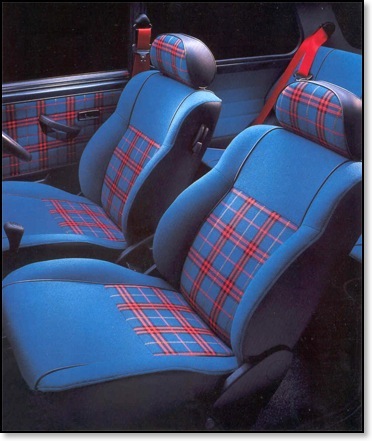
Again based on the Mini Sprite with the 1275 cc engine. Available in Charcoal (Metallic), Kingfisher Blue and Diamond White with 'Sidewalk' decals. Interior trim was Blue with tartan Red stripes on the seats and door, along with Red seat belts. Production for the UK was 1,000, but it was also made for Japan, but then called Mini Tartan.
Launch price £5,895
April 1996
Mini Equinox limited edition.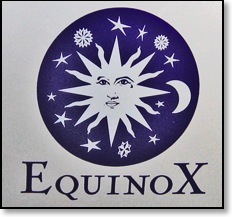
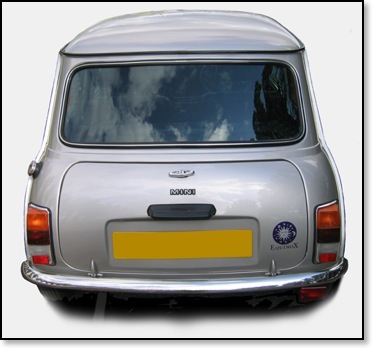
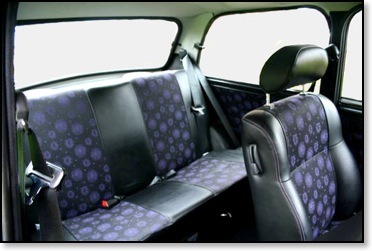
This model was based on the Mini Sprite and had the 1275 cc engine. Available in the following body colours, Ameranth, Charcoal Grey and Platinum Silver, with Chrome bumpers and grille. The interior was Purple and Black with a sun moon and stars theme. Total produced was 750.
Launched price £6,195
May 1996
Mini Cooper 35 anniversary limited.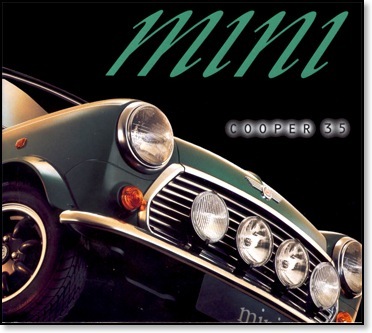
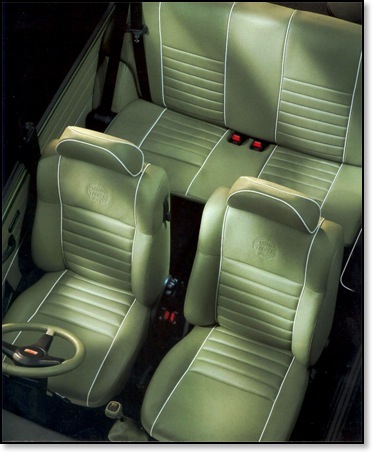
Almond Green paint with White roof. Gunmetal alloys,and two extra fog lamps. Interior trimmed in Porcelain Green leather. 200 made.
Launch price £5,695
October 1996
Mini Cooper 1.3i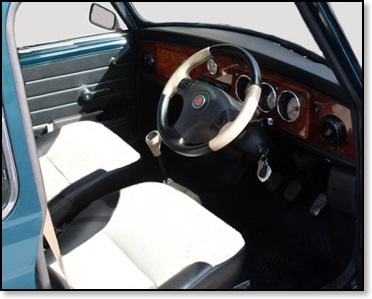
Having a 1.3i twin-point injection engine MkVII Mini. Redesigned block with the distrbutor housing now deleted, front-mouned rad, larger 65 amp alternator, 2.76:1 final drive. Improved safety with drivers’s airbag, side-impact bars and seatbelt pre-tensioners. Improved sound deadening, one-piece carpet, range of accessories to personalise the car. Sports Option Pack including 13-inch wheels, large arches, Koni dampers, and extra driving lamps.
April 1998
Paul Smith limited edition in Paul Smith Blue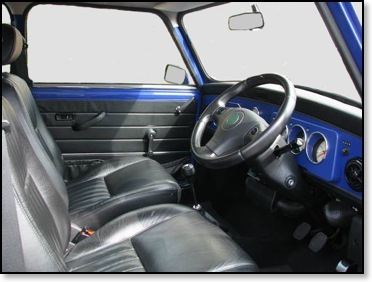
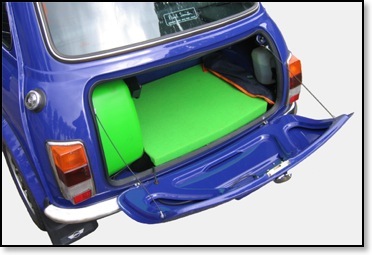
Based on the Mini Sprite with the 1275 cc engine. Body colour Paul Smith Blue also the facia which had Paul Smith-scripted instrument graphics. It had Chrome grille, door handles and bumpers, with Charcoal Grey Minilite alloy wheels. It had Citrus green bonnet, glove box, fuel tank and spare wheel cover. Interior trim was Black leather with blue piping on the seats. Production was just 300 for the UK but 1,500 for Japan.
Launch price £10,225
April 1999
Mini 40 limited edition.
Available in Mulberry Red Pealescent, Old English White, and Island Blue. Sports Pack style 13-inch wheels and arch extensions, special badges, two driving lamps and chrome GB badge at rear. Interior fitted with turned-alloy dashboard, leather-trimmed seats and CD player.
Launch price £10,995
August 1999
Mini John Cooper LE.
Based on the Mini Cooper it was available in Brookland Green with Old English White roof. Interior trim was Grenadine Red leather with black piping on the seats and Red carpets. The bumpers, grille and door handles were all chrome. John Cooper signature was in steel grey, alloy wheels were the 13" Sport-pack, two spotlamps. Total produced 300.
Launch price £10,995
April 1999
Mini Cooper 'S' Works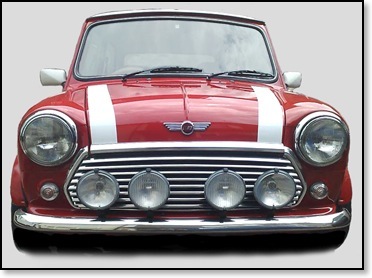
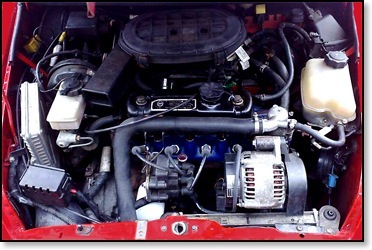
This was fitted with a 90 bhp tuned engine, making it the most powerful production Mini ever. 'S Works' badges and decals. Sportspack was an optional add-on also it could be ordered with a Jack Knight five speed gearbox. 250 produced.
Launch price £12,495 - £14,595 depending on options
April 2000
Mini Classic Sev7en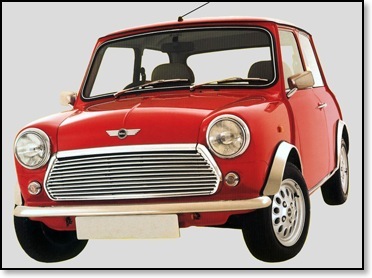
Final limited editions: Mini Classic Se7en, available in Solar Red, Old English White and Black. Chrome bumpers and grille, premium alloy wheels, superior sound systemwith ICT speakers and optional CD player, Tartan Red leather with cream cloth centrepanels, body-colour facia.
September 2000
Mini Classic Cooper 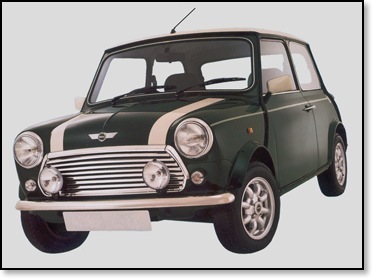
Available in Solar Red, British Racing Green, Black or Tahiti Blue, chrome bumpers and grille, Minilite-style alloys, radio-cassette stereo, black half-leather interior, body-colour facia, drilled accelerator pedal.
2000
Mini Classic Sport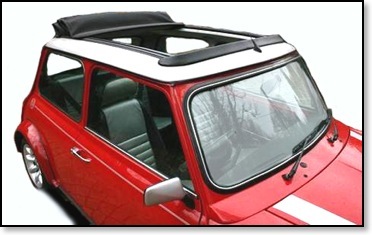
Showing the Electric Powered Sunroof
Available in Solar Red, British Racing Green, Anthracite, Tahiti Blue, Chrome bumpers and grille, Sports Pack, two driving lamps, two fog lamps, largechrome tail pipe finisher, Nickel Silver and Black leather interior, black leather steering wheel, optional electric canvas sunroof and CD player. Alloy interior door furniture, and alloy facia.
2000 September
Mini Cooper Sport 500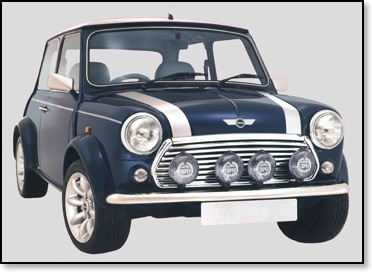
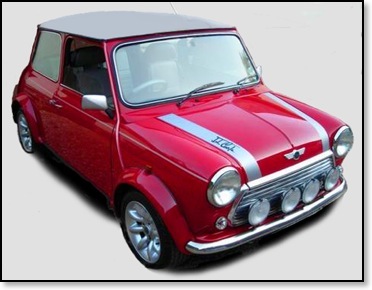
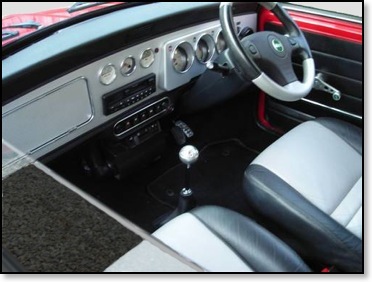
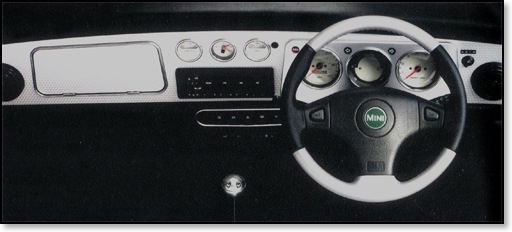
This was the final production run of the Classic Mini. It was available in the following colours, Solar Red, British Racing Green, Anthracite, Tahiti Blue all with a Silver roof. It had chrome bumpers and grille, with the full Sports Pack, two driving lamps and two fog lamps and large chrome tail pipe finisher. Nickel Silver and Black leather interior with Black-leather steering wheel, optional electric canvas sunroof and CD player. Alloy interior door furniture, and alloy facia. A signed certificate by John Cooper came with every car. This all cost £10.995
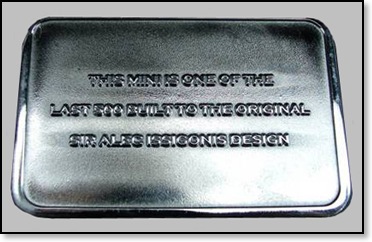
Inside the glove-box was a plaque with the following text:
THIS MINI IS ONE OF THE
LAST 500 MADE TO THE ORIGINAL
SIR ALEX ISSIGONIS DESIGN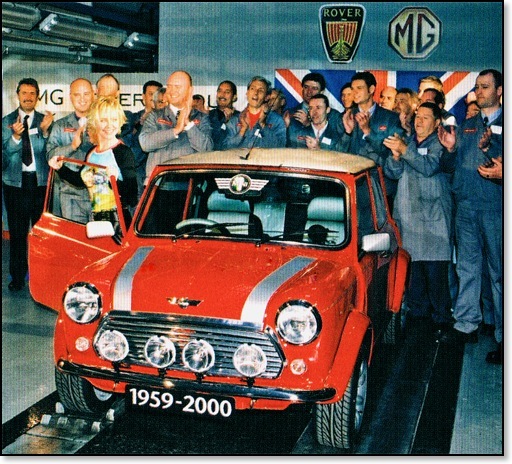
_______________________________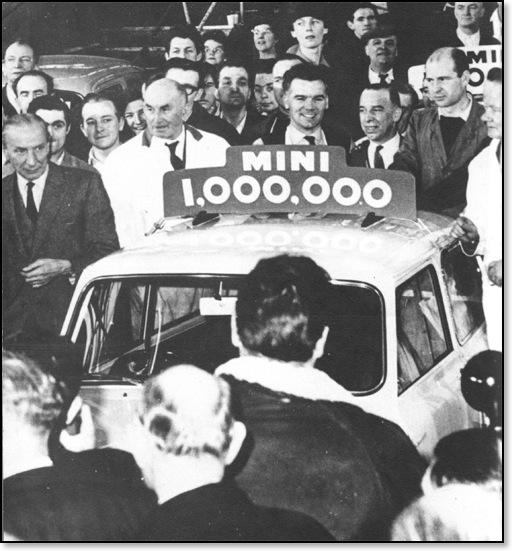
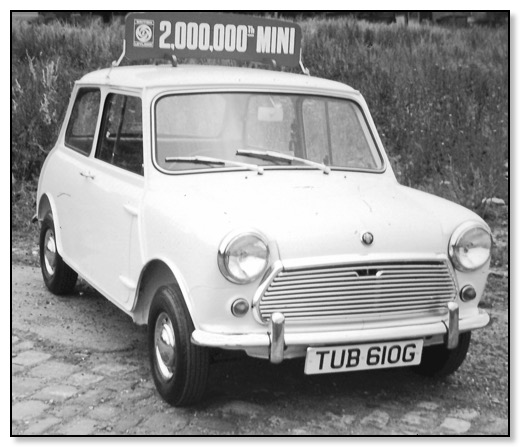
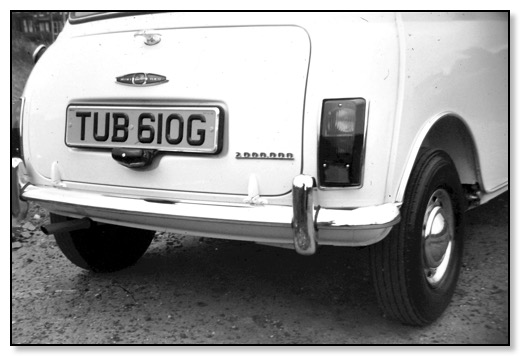
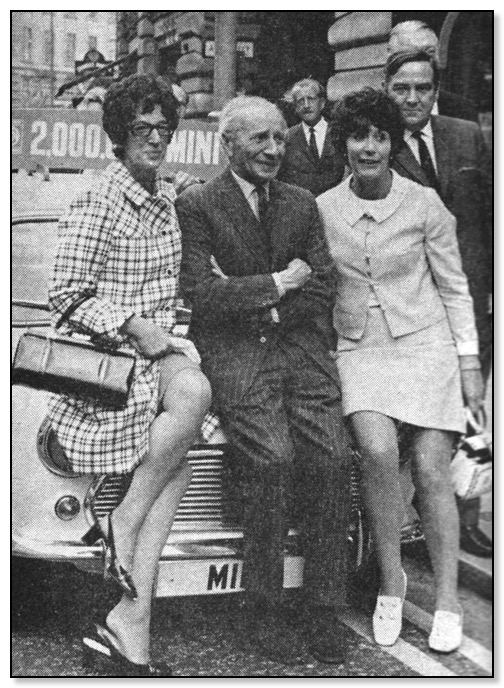
2,000,000th Mini, which Austin Morris Division's Managing Director, Mr. George Turnbull, proudly drove of the line recently has been won by a Leeds housewife after a competition conducted by the Daily Mirror. Pictured outside the Cafe Royal are members of the judging panel for the competition (from left) columnist Marjorie Proops, Sir Alec Issigonis, designer of the Mini, Betty Hill, wife of world famous racing driver and ex-world champion, Graham Hill, and Patrick Mennem, motoring correspondent of the Daily Mirror.
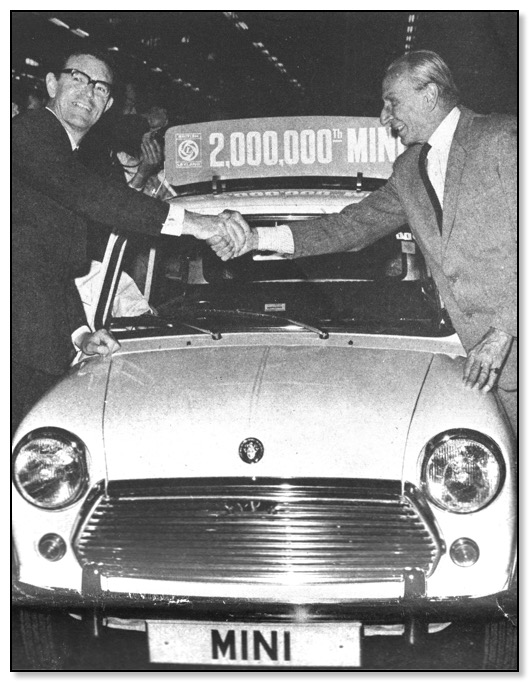
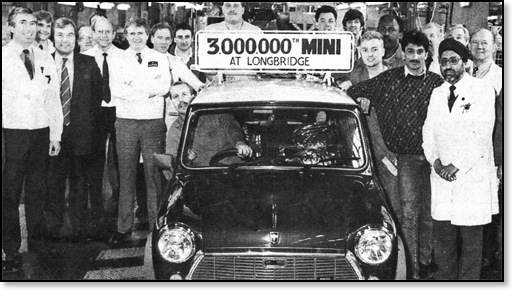
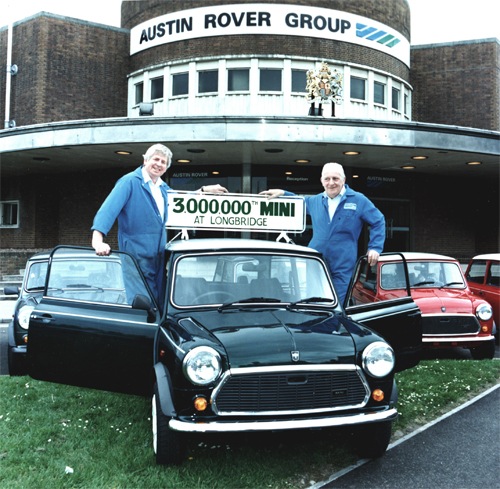
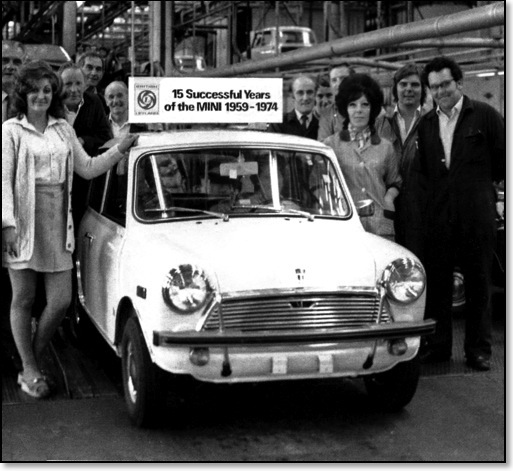
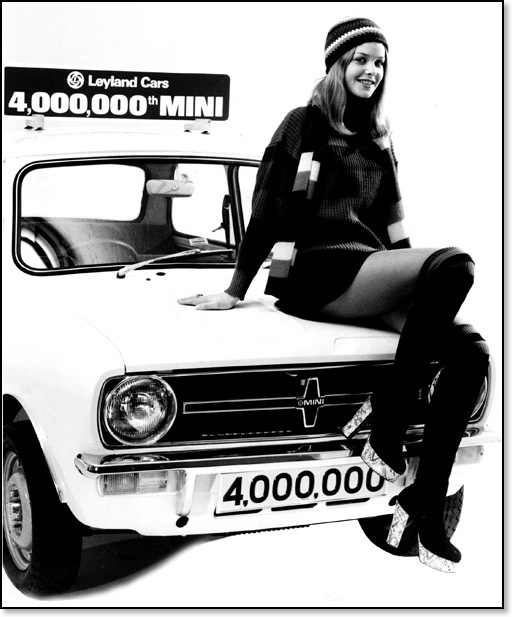
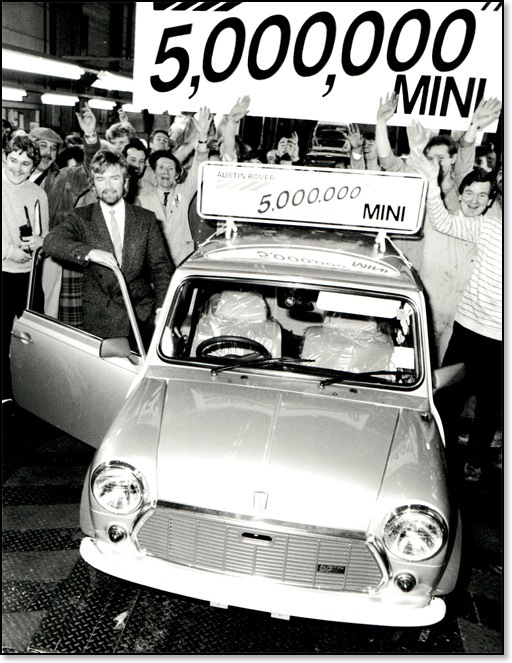
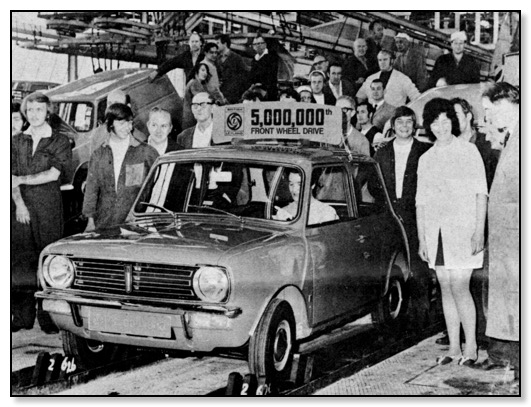
5,000,000 Front Wheel Drive Car Produced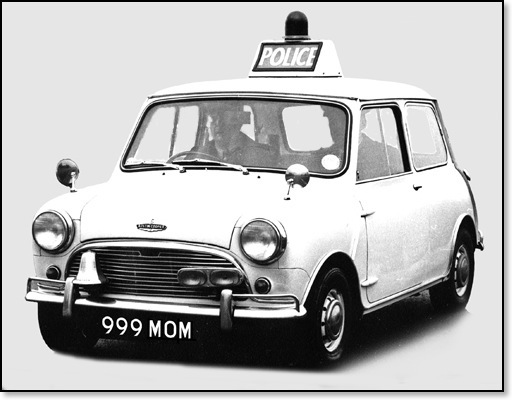
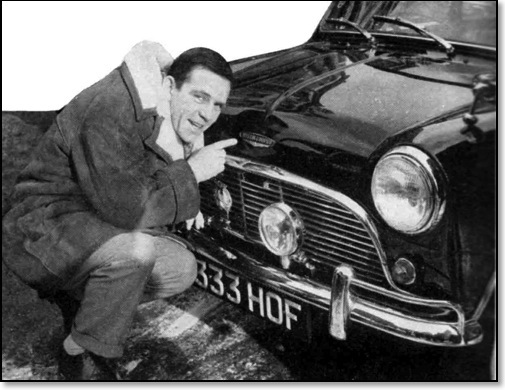
Norman Wisdom Mini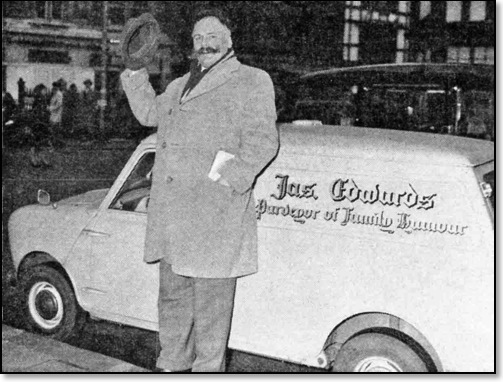
Jimmy Edwards Mini Van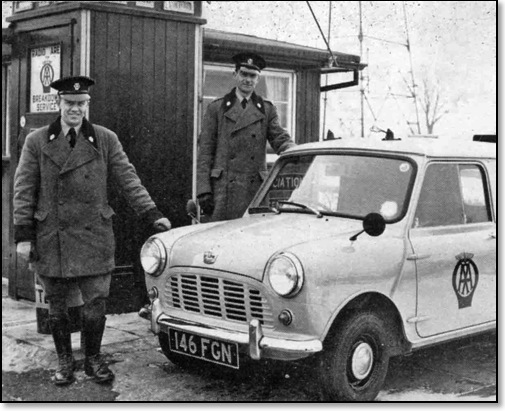
AA - Mini Van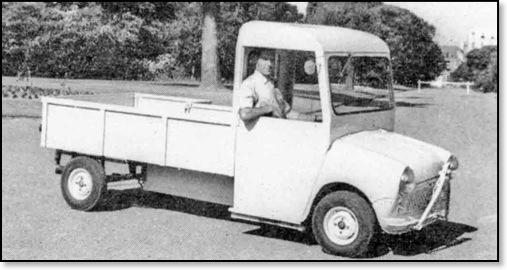
Milk Delivery in New Zealand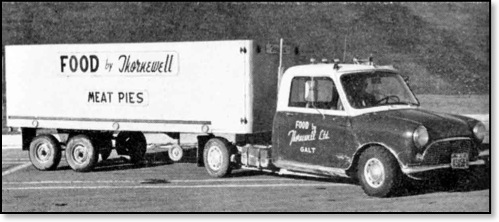
Prime Mover in Canada
Overall length is 18ft, trailer at 12ft

